X
Electric hoists represent their own machinery, strength, and toughness, while the stage is elegant, flowing, and soft, with conflicts and collisions between the two.
Trial pulling is a comprehensive test of the performance of the stage electric hoist. Through trial pulling, it is possible to verify whether the key indicators of the hoist, such as lifting capacity,
Category : W12 Stage Electric Hoist
Get a Quote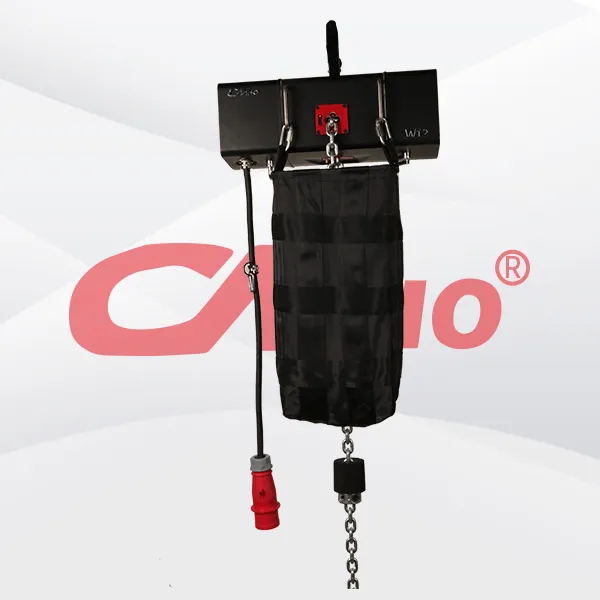

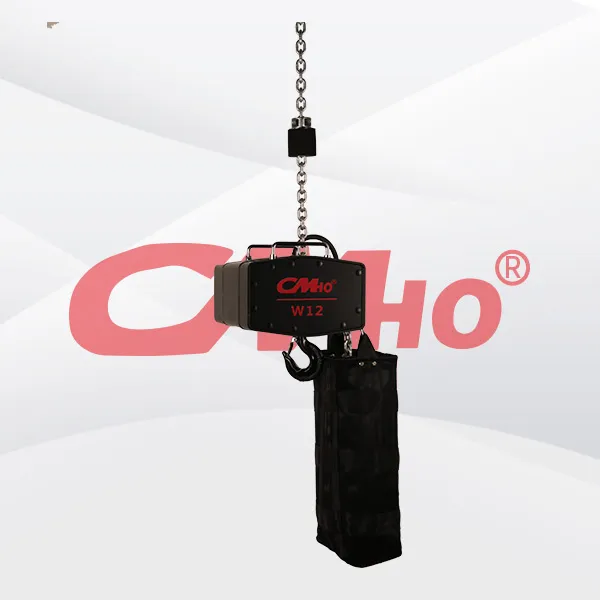
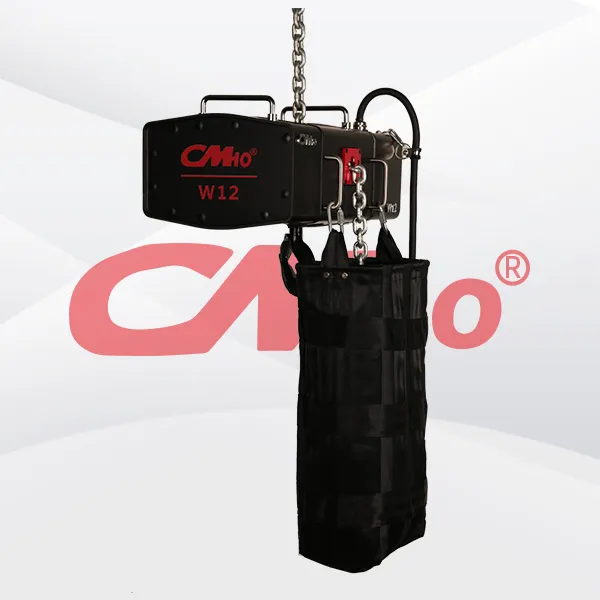





Product Details
Trial pulling of stage electric hoist: an important link to ensure stage safety
1、 The importance of trial pulling of stage electric hoist
(1) Testing performance
Trial pulling is a comprehensive test of the performance of the stage electric hoist. Through trial pulling, it is possible to verify whether the key indicators of the hoist, such as lifting capacity, speed control, and braking performance, meet the requirements. Only electric hoists that perform well in trial pulling can play a stable and reliable role in practical stage applications.
(2) Identify hidden dangers
During the trial pulling process, potential problems and safety hazards that may exist in the electric hoist can be detected in a timely manner. For example, wear and tear of the chain, abnormal noise from the motor, and malfunctions in the control system can all be detected during the trial pulling process. Timely investigation of these hidden dangers can effectively avoid unexpected situations during performances and ensure stage safety.
(3) Ensure safety
Stage performances usually involve a large number of personnel and expensive equipment, and any safety accidents can have serious consequences. Trial pulling of stage electric hoist is one of the important measures to ensure safety. Through rigorous testing procedures, the safety performance of electric hoists can be verified, providing reliable assurance for performances.
2、 Steps for testing the stage electric hoist
(1) Check the equipment
Before conducting the trial pulling, it is necessary to conduct a comprehensive inspection of the stage electric hoist. The inspection includes checking for any damage to the appearance, deformation of the chain, normal operation of the motor, and sensitivity of the control system. Ensure that the electric hoist is in good condition and ready for trial pulling.
(2) Choose a trial site
The trial site should be chosen on an open, flat, and solid ground, away from personnel and other equipment. Ensure that there is no harm to the surrounding environment and personnel during the trial pulling process. At the same time, the trial site should have sufficient space to observe the operation of the electric hoist.
(3) Install electric hoist
Install the stage electric hoist correctly on the trial pulling equipment, ensuring that the hook is firmly connected to the lifted object. According to the instructions, adjust the position and angle of the electric hoist to ensure stable operation during the trial pulling process.
(4) Conduct a trial pull
After everything is ready, start the trial pull. The trial pulling process should be carried out slowly, gradually increasing the load and observing the operation of the electric hoist. Pay attention to whether the lifting speed is uniform, whether the brakes are sensitive, and whether the chain is smooth. If any abnormal situation is found during the trial pulling process, the trial pulling should be stopped immediately for inspection and maintenance.
(5) Record the test pull results
After the trial pulling is completed, detailed records of the trial pulling results should be kept. The recorded content includes the trial pulling time, trial pulling load, operation status of the electric hoist, and problems discovered. These records will provide important reference for future use and maintenance.
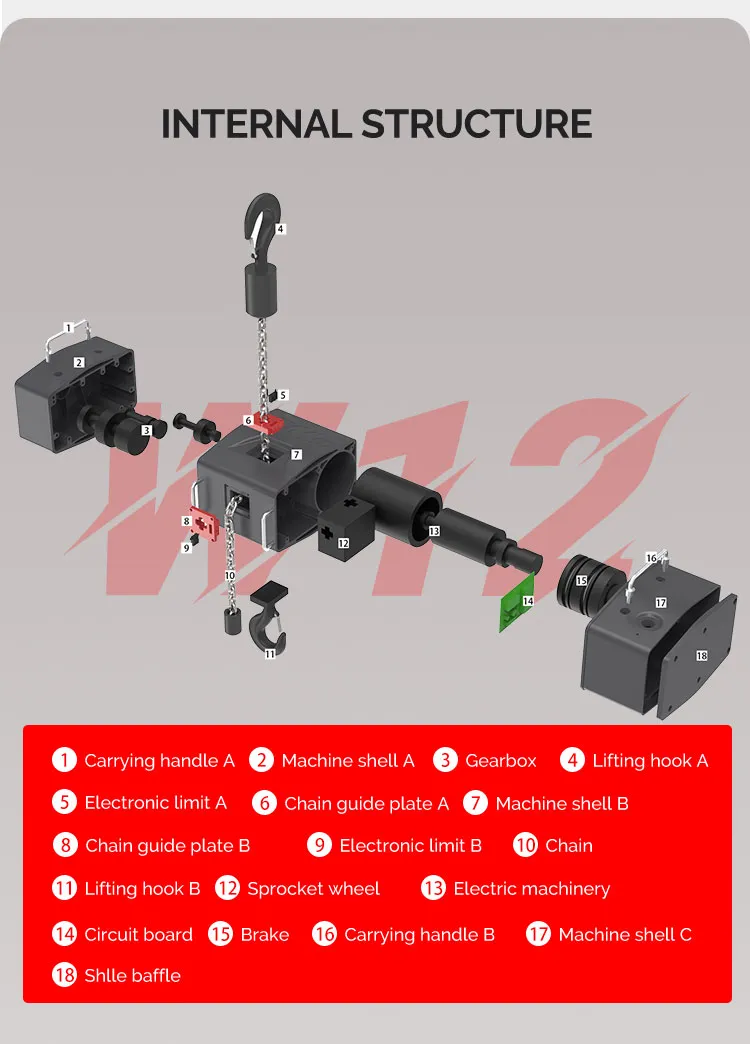
RELATED PRODUCTS .


The polyester black lifting sling also features non-conductivity and no corrosion, ensuring safety and wide applicability. These characteristics make it an efficient and reliable hoisting tool, especi
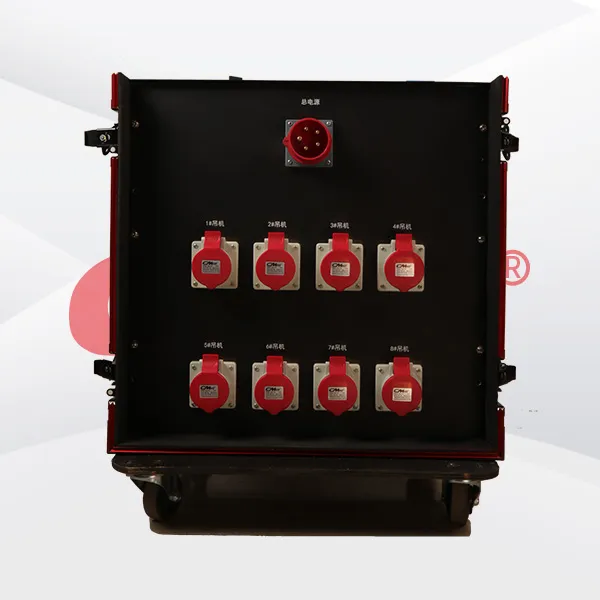
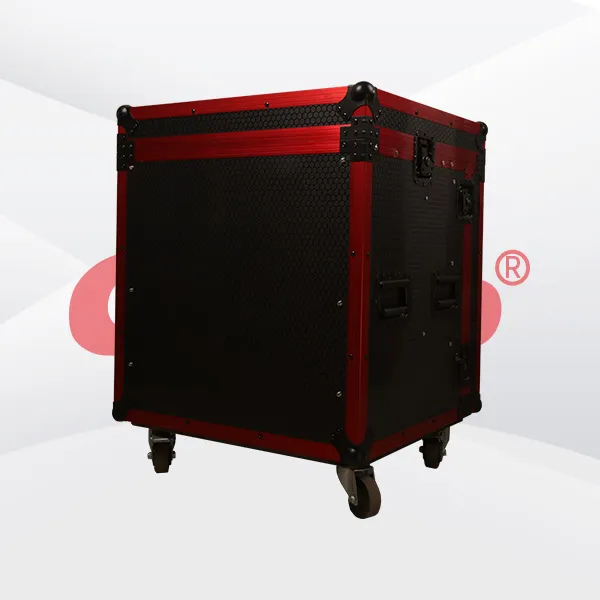
The aircraft case truss hoist controller is suitable for the quick installation and adjustment of stage lighting, sound systems, and other equipment. It performs exceptionally well in enviro

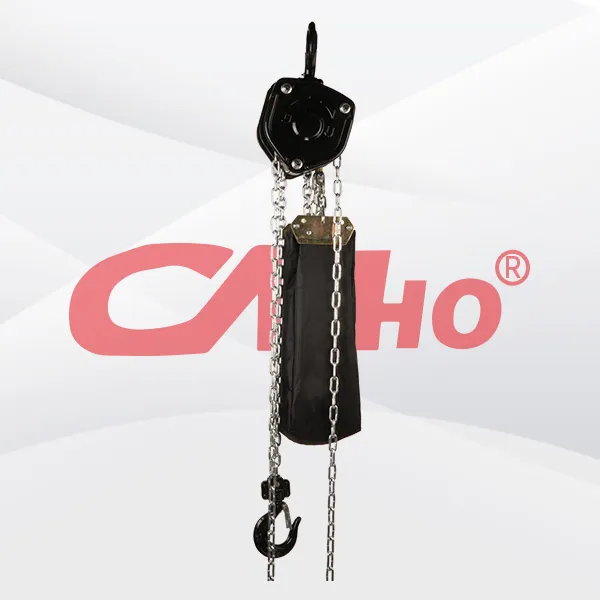
Factory-direct hand-pulled stage hoists are ideal for the quick installation and adjustment of stage lighting, sound systems, and other equipment. They perform exceptionally well in environments witho
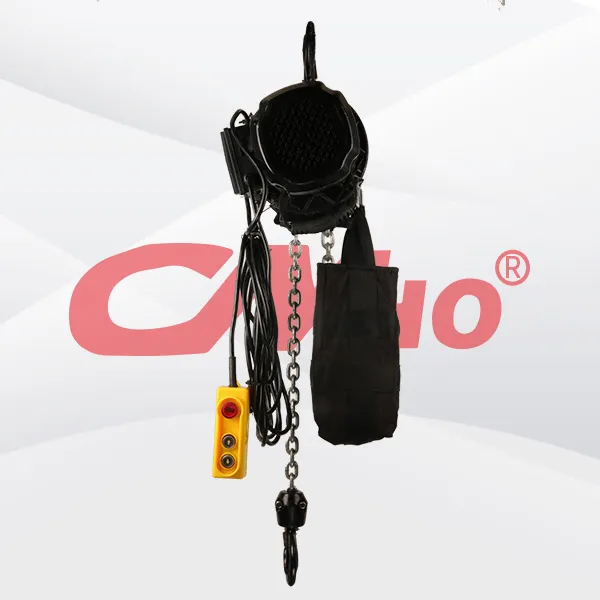
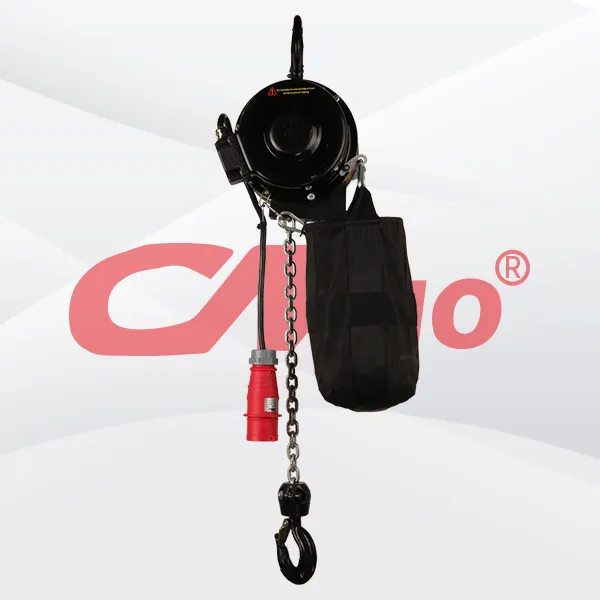
The stage truss motor equipped with a limit switch deeply integrates powerful performance, precise control, and excellent safety. It can not only easily handle the hoisting and accurate positioning of

2025-02-28
创始人
0
The participation of Tianjin Kemei in the Guangzho...
Tianjin Kemei made a remarkable and eye-catching appearance at the Guangzhou (International) Performing Arts Equipment, Intelligent Acoustic, Optical and Electrical Products...
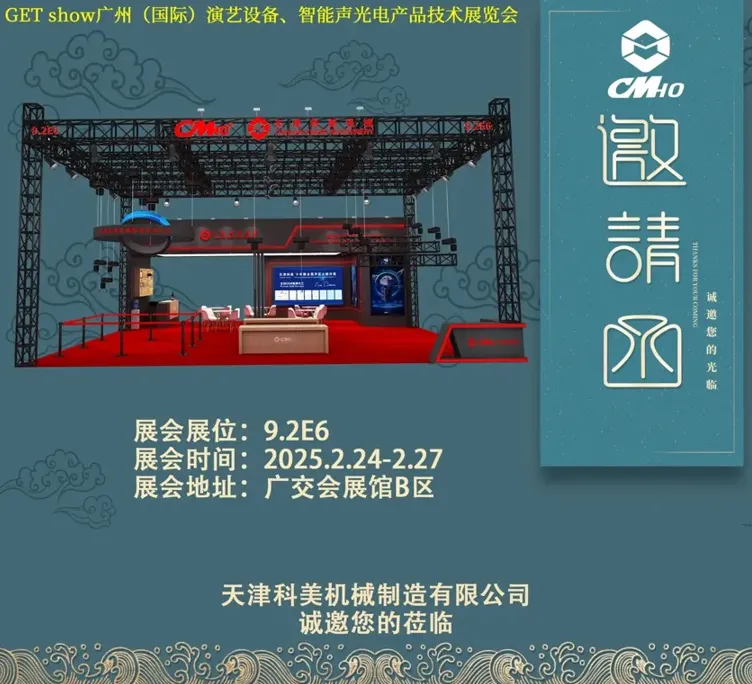
2025-02-27
创始人
0
Guangzhou (International) Performing Arts Equipmen...
In the era of the rapid development of stage lifting equipment and intelligent acousto - optic technology, every industry event serves as a crucial opportunity for innovatio...

2025-02-27
创始人
0
GET show Guangzhou (International) Performing Arts...
Tianjin Kemei Machinery Manufacturing Co., Ltd. has been deeply engaged in the stage equipment manufacturing field for many years and has developed into a modern benchmark e...

2024-09-24
admin
0
Tianjin Kemei Machinery Manufacturing Co., Ltd. Ne...
Tianjin Kemei Machinery Manufacturing Co., Ltd.: New Starting Point, New Journey - New Factory Relocation Record

